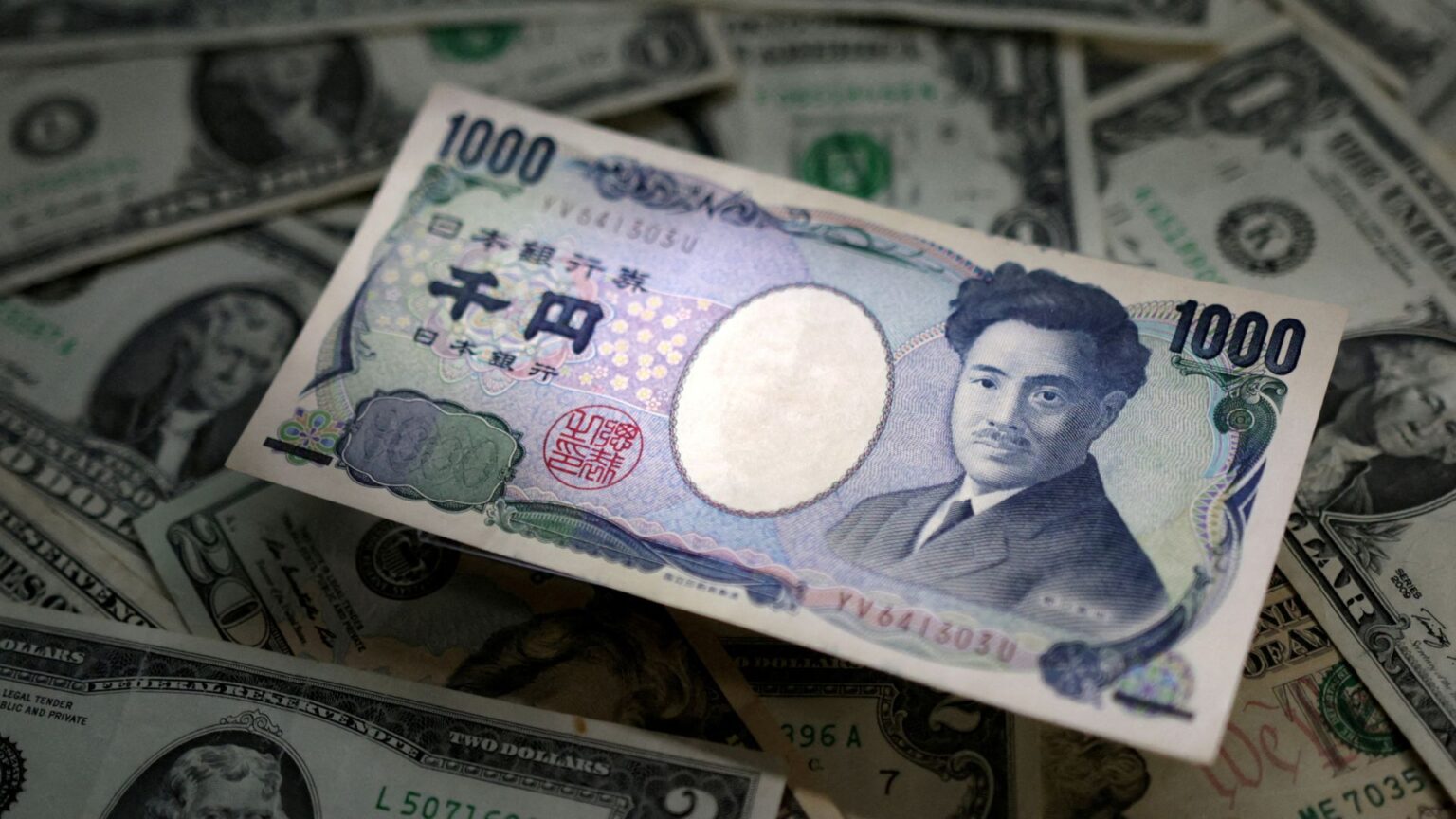The USD/JPY currency pair has been facing uncertainty recently as it navigates the contrasting monetary policies of the U.S. Federal Reserve and the Bank of Japan (BOJ). With the Japanese yen caught between the Fed’s tightening measures and Japan’s ongoing ultra-loose monetary stance, traders are left in a difficult position trying to predict the next big move for the currency pair. In this blog, we’ll break down the current dynamics between the USD and JPY, explore what’s driving the contrasting policies, and offer insights into how traders can position themselves for potential volatility.
1. The Diverging Policies of the U.S. Federal Reserve and Bank of Japan
U.S. Federal Reserve: Inflation Control Through Tightening
The U.S. Federal Reserve has been pursuing a tightening monetary policy as part of its ongoing battle against inflation. This involves raising interest rates and reducing the money supply in an effort to bring inflation back to manageable levels. As the Fed continues to raise rates, the U.S. dollar has been gaining strength due to the higher returns investors can now get on USD-denominated assets.
Bank of Japan: Ultra-Loose Monetary Policy
In contrast, the Bank of Japan (BOJ) has maintained its ultra-loose monetary policy, focusing on keeping interest rates near zero to stimulate economic growth. Japan is still grappling with low inflation and stagnant growth, leading the BOJ to continue its dovish stance. The result is a weaker yen, as investors move their capital away from Japan in search of better returns elsewhere, particularly in the U.S.
What Traders Need to Watch:
- Any signals from the BOJ about a potential policy shift, especially as inflation gradually ticks up in Japan.
- Fed announcements regarding future rate hikes, as this will likely impact USD/JPY price movements.
2. The Effects on USD/JPY: Seeking Direction Amid Policy Uncertainty
As the two central banks follow contrasting paths, the USD/JPY pair has been volatile, with the yen seeking direction. While the dollar’s strength has pushed the USD/JPY pair higher, any hints of changes from the BOJ could disrupt this momentum. This creates uncertainty for traders who are left navigating a market that’s highly sensitive to central bank rhetoric.
Why Is the Yen Under Pressure?
- Yield Differentials: With U.S. interest rates rising and Japan’s rates remaining low, there is a significant yield differential between the two currencies. This makes the yen less attractive to investors, putting downward pressure on its value.
- Economic Growth: Japan’s economic growth continues to lag behind the U.S., further weakening the yen’s position in the global market.
3. Key Factors to Watch Moving Forward
A. Inflation Trends in Japan
While inflation in Japan remains lower than in the U.S., it has been rising recently, putting pressure on the BOJ to reconsider its ultra-loose policy. Traders should keep a close eye on Japanese inflation data, as any uptick could signal a policy shift from the BOJ, which may strengthen the yen.
B. U.S. Economic Data
In the U.S., key economic indicators such as employment data and inflation reports will continue to guide the Fed’s rate decisions. If inflation remains sticky, the Fed may continue its tightening cycle, which could push USD/JPY even higher.
C. Market Sentiment
The overall sentiment in global financial markets will play a crucial role in determining the direction of USD/JPY. During times of economic uncertainty, the yen often acts as a safe-haven currency, leading to increased demand. However, with global growth still a concern, risk sentiment could swing in favor of either currency, depending on economic data and geopolitical developments.
4. Strategies for Trading USD/JPY in the Current Market
A. Range Trading
With USD/JPY facing uncertainty, range trading can be a viable strategy. Traders can look for key support and resistance levels and trade within the established range, buying near support and selling near resistance.
B. News-Based Trading
Given the sensitivity of USD/JPY to central bank announcements, news-based trading can be highly effective. Monitoring statements from Fed officials and BOJ policymakers will allow traders to anticipate potential moves in the pair based on changes in policy or economic data releases.
C. Managing Risk
With contrasting policies adding to the volatility of the pair, managing risk is crucial. Using stop-loss orders and position sizing can help mitigate potential losses, especially during times of high volatility when sharp moves in the currency pair can occur.
Navigate USD/JPY Volatility with EPIQ Trading Floor
If you’re looking to take advantage of the price action in USD/JPY or any other forex pairs, EPIQ Trading Floor is here to help. Our platform offers real-time signals, expert analysis, and a community of traders ready to support you through these volatile times. Whether you’re trading forex, crypto, or stocks, we provide the tools and insights you need to succeed.
Start your 3-day free trial today! Join EPIQ Trading Floor to access exclusive strategies, tools, and real-time market insights to elevate your trading game.
Disclaimer
The information provided in this blog is for educational purposes only and does not constitute financial advice. Always conduct your own research before making any investment decisions.










Responses